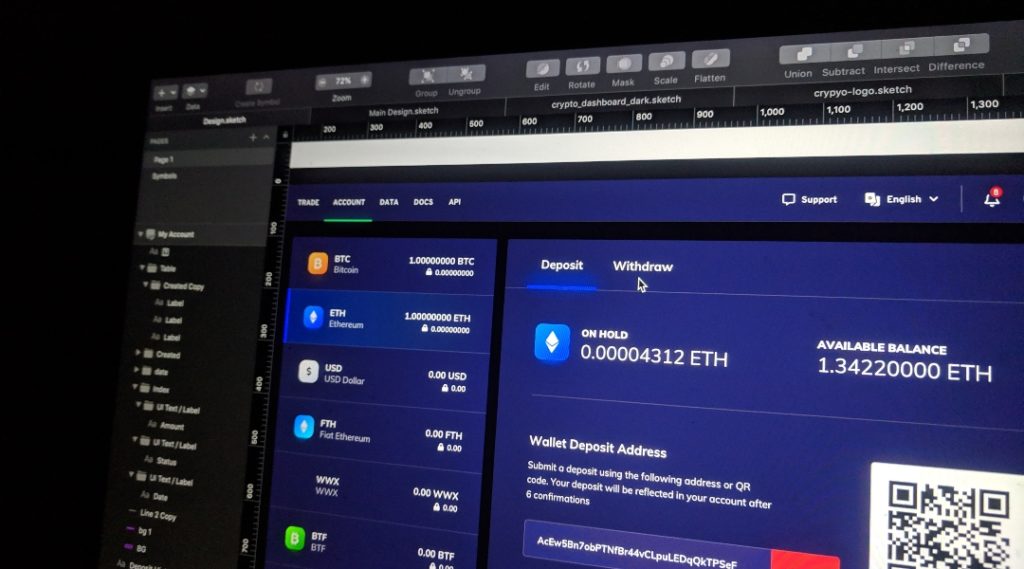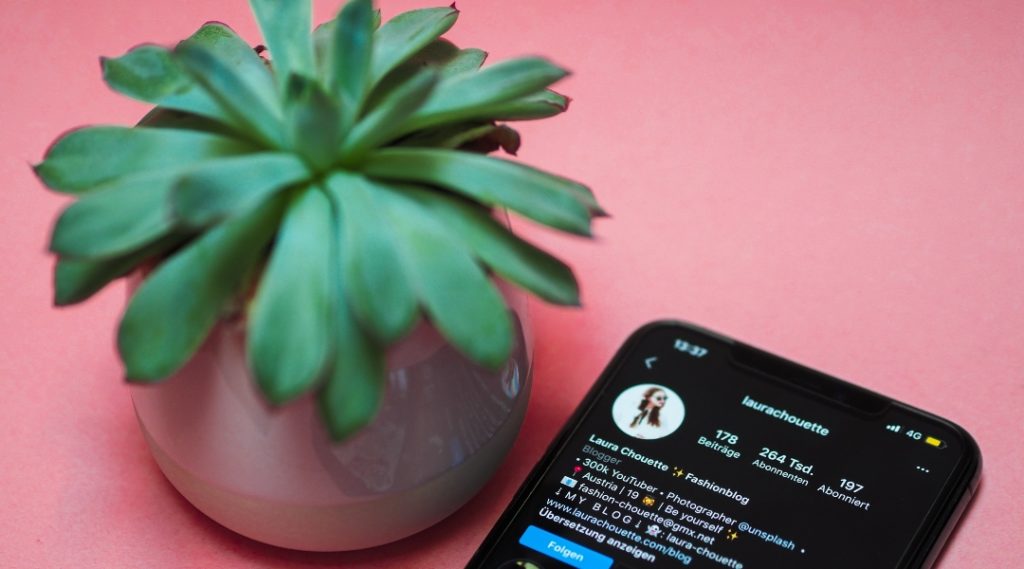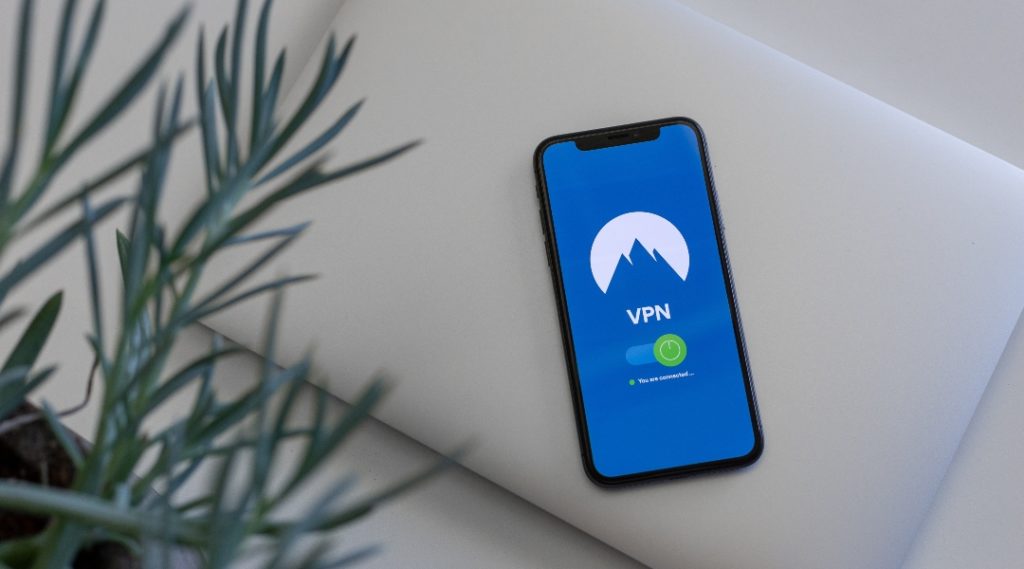‘Two days later, the hacker sent me a message through WhatsApp asking for money to restore my account,’ shares the philanthropist and designer of last month’s takeover of her social media account.
Over the pandemic, as many as 40 million people in Southeast Asia alone came online for the first time leading to another problem that the pandemic brought about. With more people online, cybercrime is also on the rise. Security firms around the world say that we are also in the middle of a digital pandemic, with an average of 4,000 cyberattacks each day.
Even social media veteran—or perhaps especially them—have been targeted by these threats. Such is the recent experience of designer and philanthropist Tessa Prieto-Valdes. Her Instagram account was hacked last January 9, giving the perpetrator full control over her 17K photos and more than 100,000 followers.
RELATED READS: Be Mindful Of Toxic Positivity—And How To Stay Clear Of This Attitude

Falling victim
“I didn’t recklessly give away my password or any code,” Prieto-Valdes clarifies. She, however, unknowingly opened a link in her inbox requesting an information change. It was done under the pretense of copyright infringement and securing her two-step code. Once done, the hacker was able to open her account and access the new code ahead of her.
Unfortunately, digital vulnerabilities and weak spots are varied and numerous. Your data could be stolen by another account pretending to be you, or an easily-guessable password and verification code. Using public Wi-Fi can also be a problem. All these and trickier ways make the cyber landscape tricky to navigate. It cannot be emphasized too much that we should be mindful of the sites we visit, the links we click, the people we talk to, and the transactions we do online.
RELATED READS: Zoom Fatigue Is Real–Here Are The Ways To Beat It

Strength in anonymity
“Two days later, the hacker sent me a message through WhatsApp asking for money to restore my account,” Prieto-Valdes continues. She asked help from fellow hacking victims and a good friend like Jojie Dingcong who advised her to handle it similar to a business negotiation. From US$500, the ransom lowered to US$200, and the hacker insisted on using Bitcoin, an untraceable currency.
What makes Bitcoin effective for scammers is its anonymity—there is no need to provide identifying information. You don’t need to go through a third-party either like a bank or the government to use it. Monitoring transactions are possible; however, it is daunting. Hackers and scammers move through hundreds or thousands of transactions, breaking the money into smaller wallets. This makes it difficult to identify payments and pinpoint the criminals.
Many Twitter accounts were also hacked last July. From Barack Obama and Bill Gates to Jeff Bezos and Elon Musk, their verified accounts underwent major cybersecurity breaches. Hackers asked them to give back to the community by sending twice the amount of what people will send them. Tracking down the hackers, an Instagram account surfaced, claiming it was a “charity attack. Your money will find its way to the right place.” The perpetrators were already identified.
While the existence of a digital program like Bitcoin can be alarming, a massive data breach finally revealed its weakness: companies involved in storing keys of crypto wallets and trading them. Above all, people remain to be the weakest link. As with companies, hackers can isolate an employee and from there, gain access to the data of the rest, including confidential information of the business or corporation.
RELATED READS: Rise Of Webinars And Online Shows In The New Normal

Regaining control
After mulling over the situation and praying about it, Prieto-Valdes refused to pay the “ransom.” “Strangely, the hacker has converted my account into some sort of Instagram Help Service, but has not deleted my posts,” she says. As of writing, @helpteamservicess doesn’t exist anymore but Prieto-Valdes warns people to block and report it in case it surfaces, as well as @tessavaldes.
Days into losing her account, Prieto-Valdes felt devastated. “[Instagram] was like my only outlet to digitally travel and see the world and also stay in touch with friends,” she muses. However, as time passes, she began to enjoy the social media detox. “I am not constantly looking at other people’s lives but instead, spending more time reading or chatting with my family.” It made her realize “my social media life is not everything even during a pandemic.”

Later on, with the IT referral of Macky Roces, the help of Kimberly Yao and her connections with Facebook Philippines, Prieto-Valdes was able to retrieve her Facebook link for the account.
“The new password/code was sent to my new email address and my account was retrieved in minutes,” Prieto-Valdes explains. Although the account has been restored, she hasn’t posted anything yet. She wants to clean it and “pivot that account to be purely about work, workout, life, and love.”





